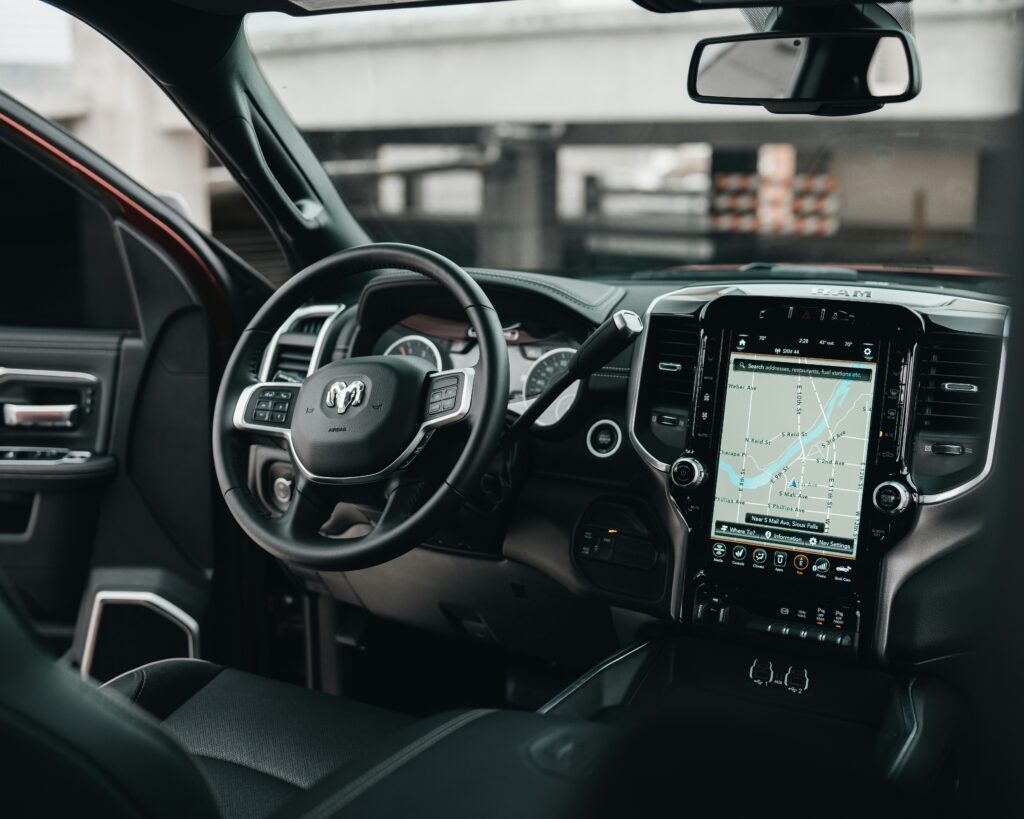As technology advances, the car insurance industry has embraced innovations to revolutionize insurance premiums and assess risk. Car insurance tracking devices, often called telematics, collect and analyze data on driving behavior, providing insurers with a wealth of information that can lead to more accurate pricing decisions. However, these devices are shrouded in mystery, leaving many drivers wondering how they actually work and if they are worth it. Whether you’re a curious driver or an industry professional, understanding how these devices function can provide valuable insights into the future of car insurance.
What are car insurance tracking devices?
Car insurance tracking devices, or telematics devices, are technological tools used by many insurance companies to monitor and track different aspects of a driver’s behavior. Insurers collect data to help them better determine how safely or riskily a person drives, leading to more accurate insurance premiums.
Different insurance companies may use different types of devices or methods of tracking. A plug-in device is one of the most common car insurance tracking devices. These small gadgets are plugged into a vehicle’s OBD-II (On-Board Diagnostics) port, typically located under the dashboard. Once connected, they start collecting data on driving behavior immediately. Other insurance companies may use mobile apps to track driving behavior using GPS and accelerometers.
Car insurance tracking devices gather various data points that help insurers assess driving behavior. Here are some of the most common behaviors insurance companies look at:
- Speed
- Braking
- Acceleration
- Time of Day
- Location and Length of Commute
- Mileage
Based on these data points, car insurers can create a more detailed and personalized profile of a driver’s behavior, allowing for more accurate and potentially lower premiums for safe drivers.
Why do car insurance tracking devices exist?
Before car insurance tracking devices existed, insurers relied on generalized statistics to determine auto insurance rates. With tracking devices, auto insurers can more accurately determine auto insurance rates and discounts for safe drivers.
Additionally, car insurance tracking devices may combat phony insurance claims. The FBI calculates that auto insurers pay around $40 million in phony claims. With tracking devices, auto insurers can more accurately track accidents and driving habits.
Technology Behind the Devices
Car insurance tracking devices use various technological tools to monitor drivers’ behaviors. GPS technology tracks the vehicle’s location, speed, and routes, providing precise data on where and when the car is being driven.
Some devices may use accelerometers to measure the rate of change in velocity, allowing the device to detect rapid acceleration, hard braking, and sharp turns. This data helps assess the driver’s aggressiveness and responsiveness.
Gyroscopes help measure the orientation and rotational movements of the vehicle. This information can be used to detect swerving and lane changes, providing further insights into driving behavior. In combination, these technologies provide accurate, personalized data regarding a driver’s habits, leading to more accurate premiums and claims processes.
Benefits of Using Car Insurance Tracking Devices
At first glance, many drivers may view car insurance tracking devices as unnecessary or invasive. However, they can provide numerous benefits to safe drivers, including faster claims processes, more accurate premiums, and discounts! Drivers who exhibit safe driving habits can benefit from significant discounts on insurance premiums that they otherwise wouldn’t have gotten. This also leads to a more fair model of insurance premium pricing. With car insurance tracking devices, premiums are based on actual driving behavior rather than generalized statistics, leading to lower rates for low-risk drivers. Many of these devices also provide feedback on driving behavior, helping drivers identify and correct risky habits.
For insurance companies, car insurance tracking devices provide comprehensive data on driving habits, allowing them to assess risk more accurately. These devices often transmit continuous data and provide real-time insights into driver behavior, allowing for dynamic risk assessment. This leads to tailored insurance premium pricing, allowing insurers to reward safe drivers with lower rates. Car insurance tracking devices can also prevent fraud by sending detailed driving data to insurers. This can help insurers determine when accidents happen, providing clear evidence for claim resolution.
In broader society, car insurance tracking devices contribute to safe driving everywhere. Widespread use of tracking devices and feedback mechanisms promotes safer driving habits, improving overall road safety and reducing car accidents.
Ultimately, the adoption of car insurance tracking devices presents a win-win scenario for both insurers and drivers. Insurance companies gain the ability to assess risk more accurately, reduce fraud, and offer personalized premiums, while drivers benefit from potential discounts, improved driving habits, and fairer pricing.
Need more information?
Masters Insurance can find the right auto insurance coverage for your personal or commercial vehicle and protect you. Reach out today to learn more about our auto insurance policies!

